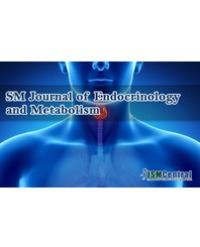
Oxidative Stress, Antioxidative Enzymes and Dietary Antioxidant Intake in Patients with Diabetes Mellitus with and without Nephropathy
High oxidative stress due to increased free radicals generation and chronic hyperglycemia works in a vicious cycle by complementing each other, weakening the antioxidant enzyme defense system and finally may lead to diabetes mellitus. Increased oxidative stress is also suggested to be playing a key role in development of micro complication of diabetes. The present study has compared the anti-oxidative status and dietary pattern of Type-2 Diabetes subjects without complication (n=33), with complication (diabetes nephropathy: n=15) and age, gender, Body mass index matched control subjects (n=32). Indicator of oxidative stress and anti-oxidative enzyme levels were estimated. Present study has assessed oxidative stress in terms of Plasma malondialdehyde levels, which were found to be significantly high in subjects from both the diabetic groups as compared to normal subjects. All anti-oxidative enzymes were found to be lower in diabetic subjects compared to controls. Current daily consumption of dietary antioxidants (Beta carotene and vitamin C) was significantly low in all diabetic subjects compared to control whereas, amongst the two diabetic groups, it was significantly low in diabetes nephropathy group. In conclusion, increased generation of free radicals, weakened antioxidant enzyme defense and lower consumption of dietary antioxidant may increase oxidative stress and may contribute to progress of diabetic complications.
Anagha V Palekar and Kasturi Sen Ray*

